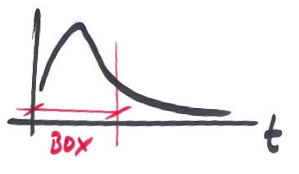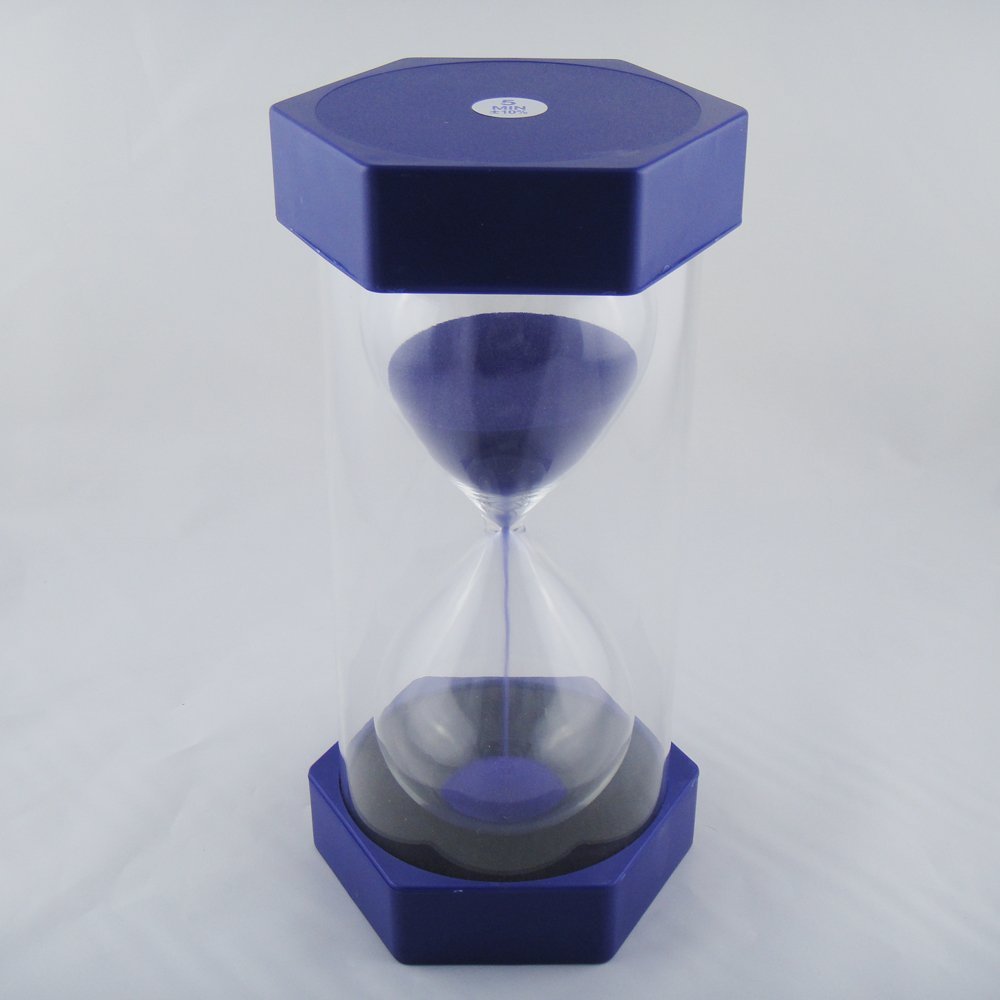Timeboxing. Get in Survival Mode.
In real life when it gets tough, e.g. with little air left under water, or just some drops of drinking water left in the desert – you are going into survival mode. You will focus on what is essential to be successful.
Let’s limit time when you work on your ideas. Iteration by iteration.
(c) David Wingate/123rf.com
I found the following notes from one of our visits to the Silicon Valley.
How to kill Innovation…
> too much time
> too much money
> too many people
> too much love
> too much hateDr. Guido Jouret, CTO Cisco Emerging Technologies Group
I don’t know about you, but it got me.
Don’t we usually tend to get (or give) more time, or more money, or even staff up a project team? And we mean well.
Or, imagine how much you were in love with your new idea, found it hard to go ask for feedback, found it hard to accept the feedback. Too much love.
Or, then the opposite: so many around you that didn’t like what you and you’re team were working on. It threatened them. Or, they just didn’t like the name of it. They would find so many ways to try to deviate you from your course.
Focus on the Peak of Creativity – repetitively!!!
Let’s take a closer and pragmatic look at “too much time”.
In our coaching experience we’ve observed that the teams wouldn’t need much time to get started and be creative. And also quite quickly they would reach a peak of creative productivity and then it would start to slowly drop. You could observe the first members of the team checking their blackberries.
A good moment to halt and have them show what they had. As we had familiarized them with the concept of Pitch and Watering Hole, we were well set up to have a very productive series of iterations.
illustration © Lars Diener-Kimmich
We call it Timeboxing. A “box” (on a timeline) that you enter to work on only a few very specific, highly focussed topics. And then you exit the “box” to have your artefact (result) evaluated.
We’d give them 30, 45 or 60 minutes to prepare a next pitch.
We’d give them 5 minutes to pitch. See my post “Pitching and Watering Hole. Months become Days.” for more.
It’s really tough in the beginning.
Many will first react defensively. It’s quite counter-intuitive to achieve better results with less time.
The secret is to work in iterations, step-by-step. Automatically the teams will focus on the key elements in the beginning, the bigger questions. And once these are settled, they’ll turn their attention to more details.
In the video I explain (in a lengthy way – that’s intended!) the background of timeboxing and agile methods. I illustrate this on a transatlantic flight experience and some seat neighbors’ valuable assets, that only come into play in case of an emergency landing – in survival mode.
Even if you don’t understand Swiss German, I think you’ll get the main message. I get a kick out of it.
This is Nick’s favorite video clip. See for yourself to find out why…
And – if you haven’t done so already – get yourself an hour glass!
Here’s an example of a 5 minute version I just googled. About $30.
(c) amazon.com
It should be big enough, so it can be seen by everyone during a pitch.
With time you’ll learn to love the use of these hour glasses as a small but very decisive success factor in your innovation process.
Now, go be creative and disciplined at the same time!



